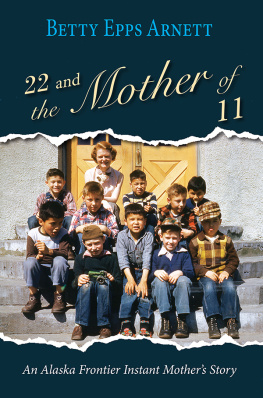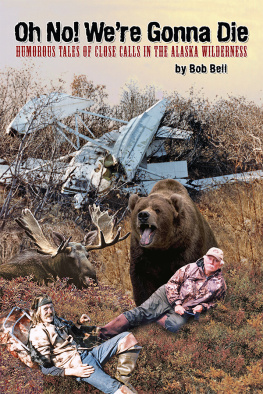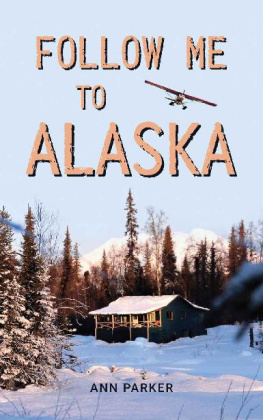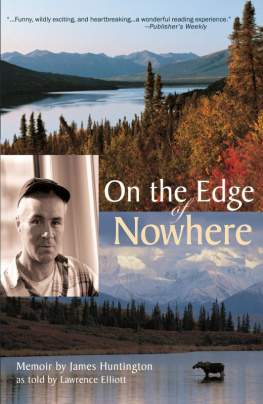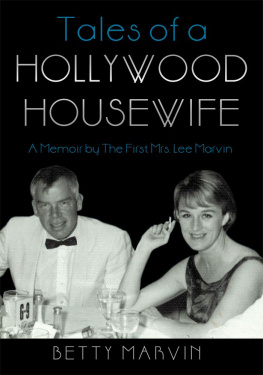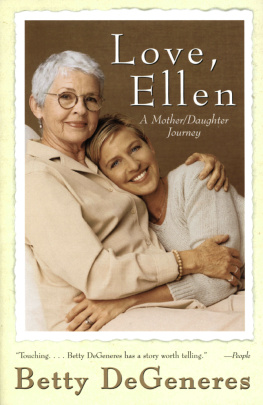22 And the Mother of 11
An Alaska Frontier Instant Mothers Story
by
Betty Epps Arnett

PO Box 221974 Anchorage, Alaska 99522-1974
ISBN 978-1-59433-695-9
eBook ISBN Number: 978-1-59433-696-6
Library of Congress Catalog Card Number: 2017937562
Copyright 2017 Betty Epps Arnett
-First Edition
All rights reserved, including the right of reproduction in any form, or by any mechanical or electronic means including photocopying or recording, or by any information storage or retrieval system, in whole or in part in any form, and in any case not without the written permission of the author and publisher.
Manufactured in the United States of America.
To my C Boys from 1952-54.
ACKNOWLEDGEMENTS
M uch of this book is based on information given to me by DOLORES MOREY STEAD of her life at Jesse Lee Home, as a former housemother for the C Girls and later the B Boys in Seward, Alaska from 1952-1954. Her generosity in sharing that material has allowed me to weave both of our experiences to create 22 and the Mother of 11. I hope I have displayed her wonderful sense of humor that kept us all going.
As a young, single woman new to Alaska and new to parenting, VIRGINIA SEARCH KIRK became a housemother for the B Girls at the Jesse Lee Home in Seward from 1953-55. Jenny gave me much encouragement and material from her own experience, which helped in creating this book.
STEVE BROOKS and I were members of the Storytelling Delegation to South Africa in the People to People Ambassador Program in 2004. To my luck, Steve just happened to be an adjunct professor of creative writing at the University of Central Florida, and graciously consented to read my manuscript in its early beginnings. With his guidance, the content took a different path and became less a report and more of a memoir. He gave me much encouragement and convinced me I could write.
JUDITH CONTE was an instructor in a Memoir Writing Class provided by the 49 Writers, an organization in Alaska that promotes creative writing. She is an excellent teacher and offered to read my entire manuscript. Afterwards, she insisted it was ready and that I should find a publisher.
At the end of JUDITH CONTES Memoir Writing class, a few of us began to meet on Saturdays for a short while to continue critiques on our writing. The following people gave me much support and good direction in completing my manuscript: ANNETTE ALLEVA, JEANNE ASHCRAFT, GARY ROGERS, SUSAN ROGERS, AND SHIRLEY SCHNEIDER.
Chapter Parties were held in my home, as I would feel a chapter had been brought to completion. I would send chapters to people in the community, whose opinions I respected and knew they would give me constructive feedback. Some had been high school English teachers, and some were writers themselves. From their critiques, my chapters were greatly improved. Thanks to LORETTA CURGUS, RENEE DOWNS, HANNAH FRENIER, MARGARET GINGERICH, KAREN INGRAHAM, MAXINE RADER, and MILLIE SPEZIALY.
Thanks to my two brilliant daughters, APRIL ARNETT and HEATHER ARNETT, who read parts of the manuscript and gave me excellent advice in composition, punctuation, and grammar. Thanks also to my son, HANS ARNETT, for all of his interest and support.
PREFACE
J esse Lee Home has been taking care of children in Alaska for over one hundred years and has existed in three different locations:
Unalaska in the Aleutian Islands, 1890-1925,
Seward on the Kenai Peninsula, 1925-1966, and
Anchorage in South Central Alaska 1966 - ?

Map showing the three locations.
JESSE LEE HOME IN UNALASKA
Twenty years after the purchase of Alaska from Russia, the Agent for Education, Dr. Sheldon Jackson, saw the need for an industrial school in western Alaska. Knowing it would take a missionary zeal to persevere in this new territory, he sought the Methodists to construct the institution and to send an educational missionary. The government would offer housing and salary.
Orphaned girls arrived in Unalaska without a place to stay and John Tuck, a missionary from Connecticut, and his wife, had to take them into their small house, while waiting for construction to begin. Numbers grew. Out of desperation, Tuck pleaded for another missionary. Agnes Sowle arrived. By 1900 the first building was completed; the Tucks had left; and Agnes successfully offered to split her salary of $30.00 a month with Miss M.E. Mellor, if she would come to assist. After three years, Agnes returned to Brooklyn and married Dr. Alfred Newhall, who joined in her work. His coming allowed a hospital to exist within the Home. By 1903, a second building was constructed which housed residents, the sick from the village, and ailing sailors from passing ships. Mama and Papa Newhall were beloved parents to many children until her death of a stroke in 1917. Five years later, he remarried to a staff member, Emma Supernaw.
A concert pianist, Simeon Oliver, and Gordon Gould, a founder of Alaska Pacific University in Anchorage, were both raised in the Home.
JESSE LEE HOME IN SEWARD
By 1925 the Methodists felt the Home could be run more economically and serve more Alaskans, if it were moved out of the Aleutians. Seward officials, eager to receive the Home, enticed the Methodists with (1) 100 acres of sloping hillside on the Seward Highway; (2) a more moderate climate reducing fuel costs; (3) and cheaper freight. The city would build a road to the property.
Dr. Newhall chose to assist the Presbyterians in Point Barrow. So the Rev. R.V.B Dunlap became the first of a long line of superintendents serving the Home in Seward. Among the children moving to Seward from Unalaska was Benny Benson. At age 13, and in the 7th grade, he entered a territory wide contest to design the Alaska flag. His winning flag flew for the first time on the grounds of the Home on July 9, 1927.
In 1942, World War II arrived in Alaska at Dutch Harbor in the Aleutians. Military installations were established at the entrance to Resurrection Bay near Seward. The Home was closed and the children relocated. A camouflage of evergreen trees was painted on the empty buildings. After the war, the Home was reopened and continued until the 1964 Alaska earthquake. No residents were injured, but the Girls Building became uninhabitable.
JESSE LEE HOME IN ANCHORAGE
With the Girls Building leveled, and social work moving toward foster homes to house needy children, the Home was receiving less residents. Anchorage needed an institution to serve mildly disturbed children, who were not seen as good candidates for foster care. So the Home redesigned its program and, using half of the $1,600,000 raised by U.S. Methodists churches for earthquake victims, built cottages on 25 acres in Anchorage. Since 1966 JLH has become a treatment center for children of physical abuse, neglect, or with behavioral problems. Rev. Richard Gilbert became the person who so ably conducted this transformation. The author served on its first board.
References for Preface
Arnett, Hans. Outline map of Alaska.
Boston University School of Theology: New England Conference Commission on Archives and History. Manuscript History collection.
Hays, Rev. Walter, Script for Slide Program, The Jesse Lee Story. Slide narration for slides #27-28 and #38.
Newhall, Edith Drugg, The Early History of the Jesse Lee Home, daughter of Dr. Albert and Agnes Newhall. This 1 1/2 page history was prepared and sent to the Rev. Walter Hays at his request on April 4, 1980.
Next page
